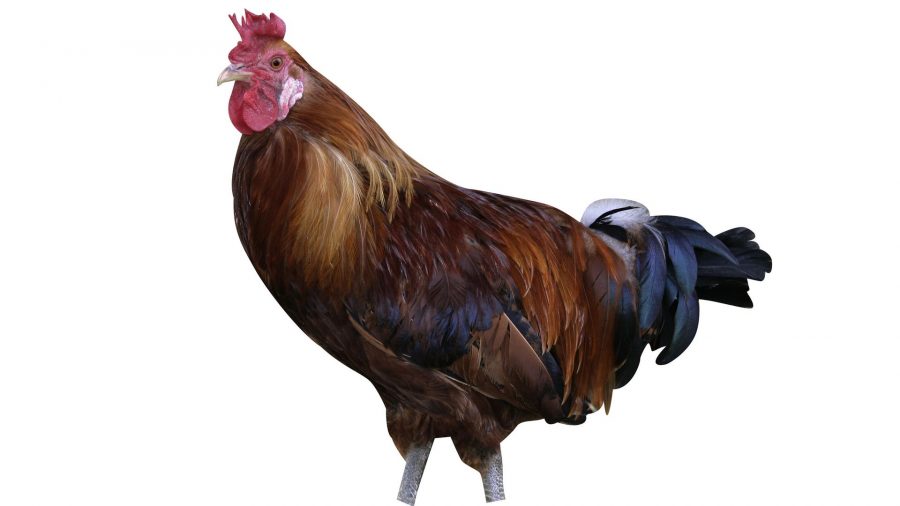Wondering which chicken breed is right for you? Our chicken breed guide will help you decide! This time, we’re looking at the Sicilian Buttercup, an attractive rare breed that lays extremely well…
Overview/Summary of the Sicilian Buttercup
A striking breed, the Sicilian Buttercup is the only breed of chicken with the buttercup comb type. It is a well-travelled breed whose name, just like last month’s Hamburgh, isn’t entirely true to its roots. An attractive and rare breed, though, that never fails to impress on a first encounter.
Origins of the Sicilian Buttercup
Despite its name and the historical accounts of its prolific use on the island of Sicily, the Buttercup, or the Flowerbird as it is also known, is believed to have originated from North Africa. According to documentation, it arrived in the UK when imported into Yorkshire in 1912 by a Mrs Colbeck. It is a breed which oddly became well known for its sea legs as it was frequently used on cargo ships bound for America where it served the crew well in terms of fresh eggs.
Physical features of the Sicilian Buttercup
The Sicilian Buttercup is a very distinctive breed because of the large saucer-shaped cup of a comb. It is classified as a light breed despite been at the heavier end of that scale and consequently it is not as flighty as other country fowl breeds. The Buttercup comes in two recognised plumage types of gold and silver, with both colour types having willow green legs. It can be found in both large fowl and bantam varieties.
- Hens: The Sicilian Buttercup large fowl hen weighs 5.5lbs (2.5kg) and the bantam hen weighs 22oz (620g). She sports a smaller buttercup comb which sits neatly upon her head and resembles a small crown. The hens are layers of a good number of eggs given their relatively frugal food consumption and they are not known for their broodiness.
- Cocks: The Sicilian Buttercup cock has a more upright stance than the hen. As the large fowl weighs in at 6.5lbs (2.95kg), the males can be put to good use as a medium-sized table breed. Sporting a large saucer-shaped crown of a comb, the cockerel cuts a jaunty outline. The bantam weighs 26oz (735g).
- Eggs: The eggs of the Sicilian Buttercup are, like many of the good laying breeds, white in colour. Egg laying is a key feature of the breed and is maintained as an attribute within many of the strains being bred from. This was reflected in the fact that the breed was a contender in the laying trials of the 1960s.
Sicilian Buttercup temperament
Not overly flighty, the Sicilian Buttercup is a confident breed but one which has a more ‘wild’ habit than other layer breeds. They are not easy to tame and are more of a working bird than a productive pet.
Caring for Sicilian Buttercup chickens
As hardy country fowl types, the Sicilian Buttercup benefit best from a free range lifestyle. They are excellent foragers and while they can be kept with in a contained space this doesn’t play to their strengths as a breed. The breed requires no further specialist care other than that the keeper needs to take precautions with a cockerel’s comb during very icy weather.
Sicilian Buttercup availability
The Buttercup is now a very rare and infrequently encountered breed despite its outstanding qualities as a laying hen. There are, however, some dedicated breeders who are maintaining and developing strains of the breed. Show bench quality birds can be costly.
Image(s) provided by:
Getty Images/iStockphoto








